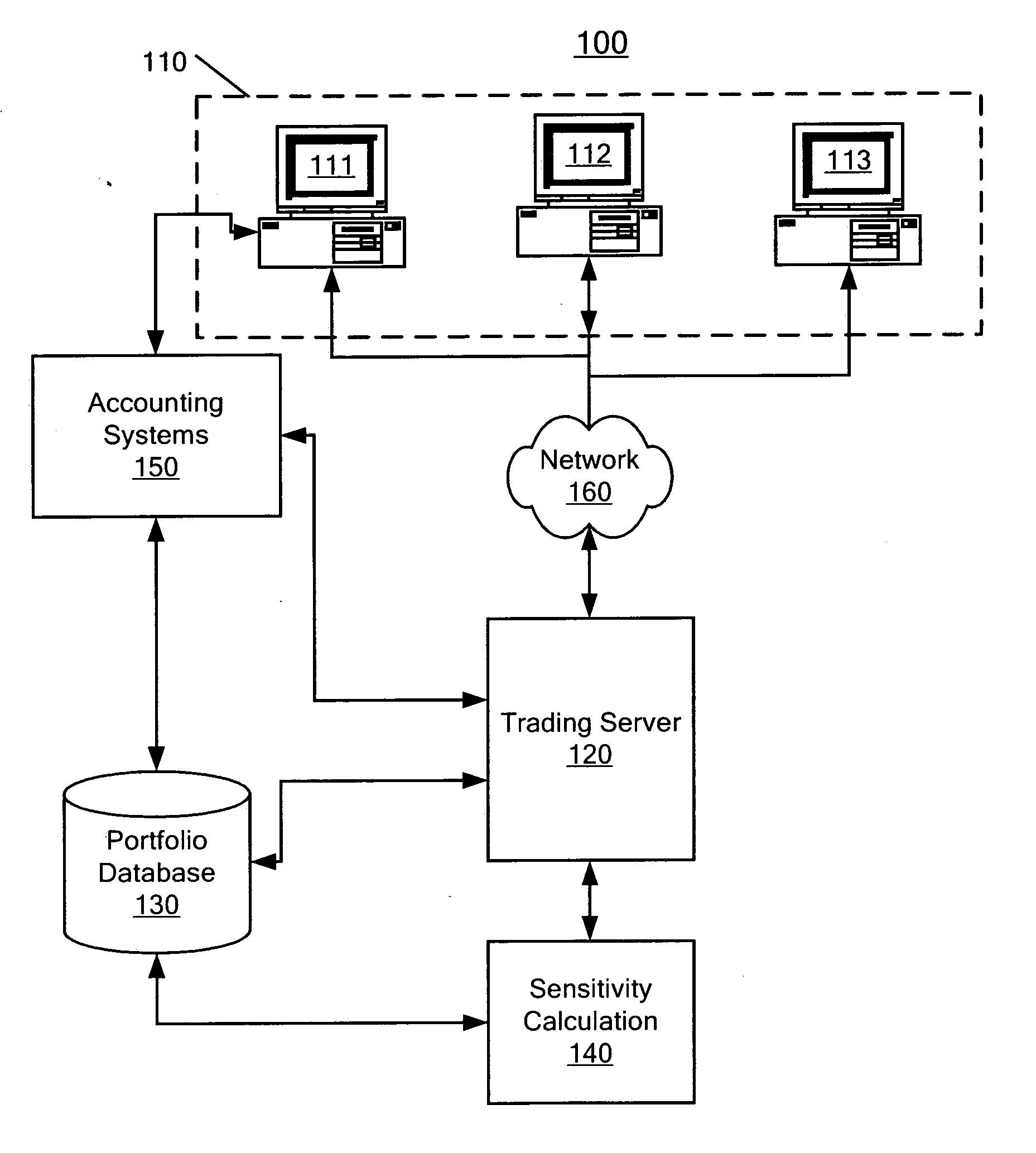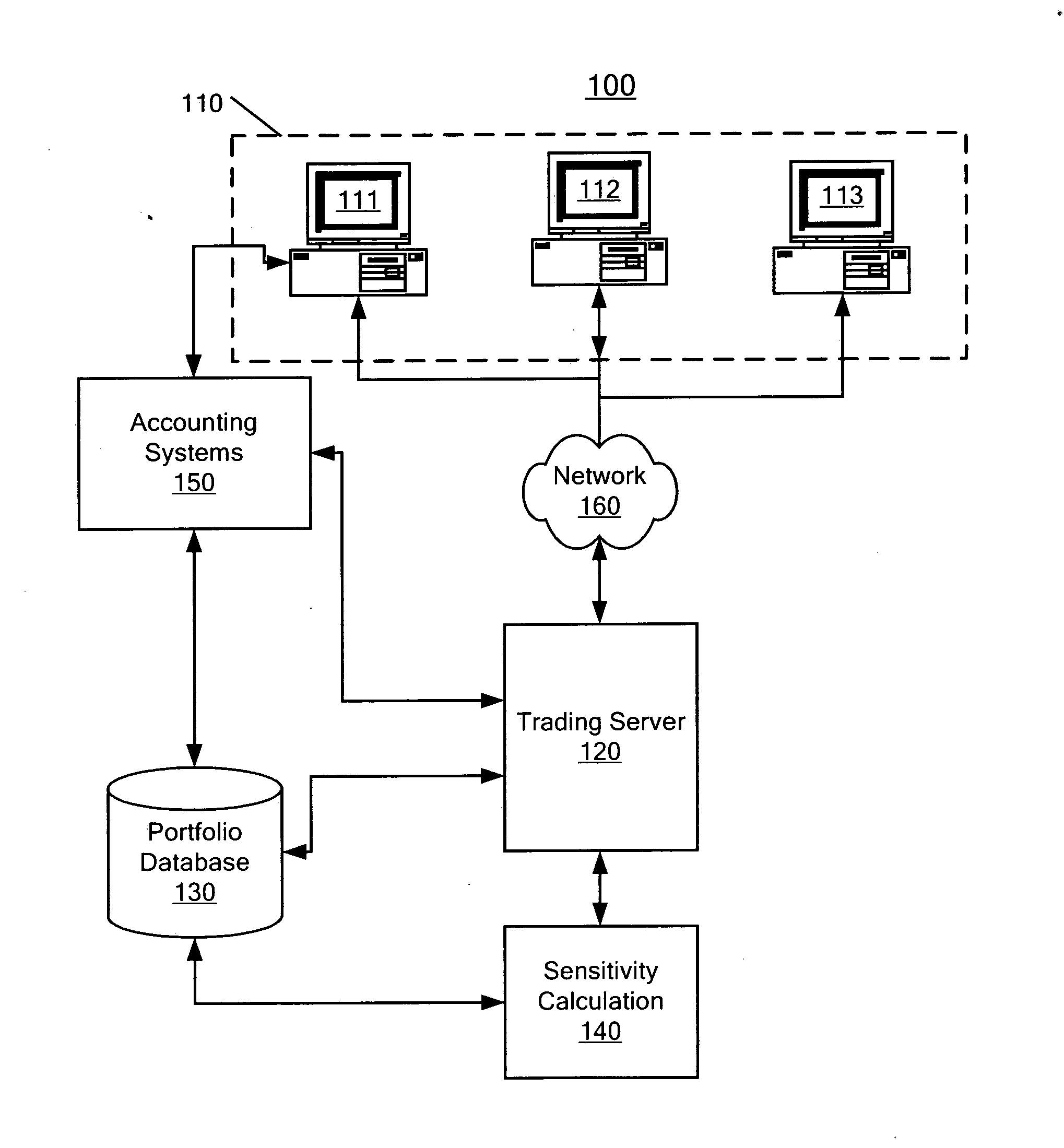Reduction of financial instrument volatility
a technology of financial instruments and volatility, applied in the field of financial instrument volatility reduction, can solve the problems of not being effective, unable to determine whether hedge effectiveness can be included in the assessment of hedge effectiveness, and changes in time value that would generally not offset changes in fair value or projected cash flows.
- Summary
- Abstract
- Description
- Claims
- Application Information
AI Technical Summary
Benefits of technology
Problems solved by technology
Method used
Image
Examples
Embodiment Construction
[0033] To qualify as a fair value or cash flow hedge, FAS 133 requires (among the criteria set forth in Paragraphs 20 and 28) that hedging instruments a) must be effective (i.e. the basis risk to the underlying must be stable), and b) the hedging instrument must not be a “written option”. In general, hedging instruments that are either a simple forward sales, purchased options, or combination of simple forward sales and purchased options are not considered “written options.” However, for other types of hedging structures, a determination of whether the structure is a “written option” may be uncertain. This may create difficulties in consistently interpreting and implementing FAS 133. This confusion, may cause a reduction in the use of hedging instruments and, consequently, may limit financial advantages that can be obtained through their use.
[0034] Under FAS 133, some hedges that are meaningful (i.e., provide protection against volatility) in a long-term context (relative to a sing...
PUM
 Login to View More
Login to View More Abstract
Description
Claims
Application Information
 Login to View More
Login to View More - R&D
- Intellectual Property
- Life Sciences
- Materials
- Tech Scout
- Unparalleled Data Quality
- Higher Quality Content
- 60% Fewer Hallucinations
Browse by: Latest US Patents, China's latest patents, Technical Efficacy Thesaurus, Application Domain, Technology Topic, Popular Technical Reports.
© 2025 PatSnap. All rights reserved.Legal|Privacy policy|Modern Slavery Act Transparency Statement|Sitemap|About US| Contact US: help@patsnap.com



